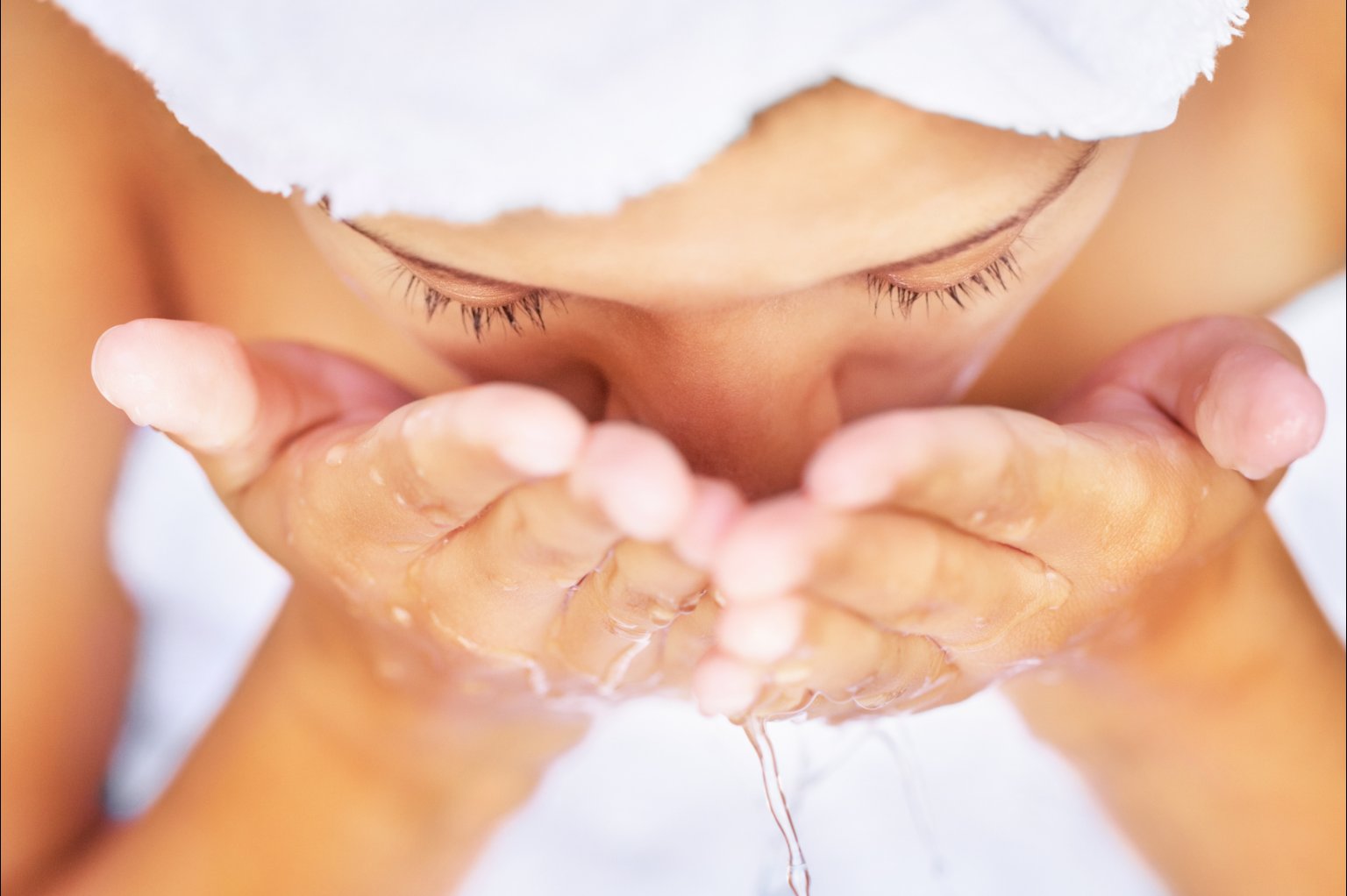2020 has been a boom year for skincare categories. With many of us now working from home, we’ve had the luxury of additional time on our hands for home treatments. But how much is too much and what are the signs that you may have gone overboard with overzealous exfoliation?
BENEFITS OF EXFOLIATING
Exfoliation is an additional step in your skincare regime designed to amplify your results. It expedites and removes a build-up of dead skin cells and assist with the natural desquamation (shedding) process that tends to slow down as we age. Exfoliation addresses issues such as dry, flaky skin with the results revealing a renewed and radiant complexion sitting just below the surface.
Exfoliating the dead skin cells also allows an improved delivery system and penetration of active ingredients found in serums and, hydrating ingredients found in moisturisers.
Correct exfoliation should leave a fresh, healthy, and clean epidermal surface which forms the foundation of good skin and a clear complexion.
Over-exfoliating is a common mistake. The general rule for exfoliating your skin is a maximum of 2-3 times a week. This includes acids as well as physical exfoliants. The desired effect is to increase cell turnover minus any damaging effects. Irritation occurs when you have removed more skin cells than your body has been able to replace and regenerate.
SIGNS OF OVER EXFOLIATION
- Irritation, burning, or peeling
- Redness and inflammation
- Breakouts – small pimples and pustules
- Dermal impairment – increased sensitivity to other products in your daily routine
Ironically, the impact of over exfoliation is that your complexion can become dry and flaky and, you may even develop an uneven patchy skin tone.
A clear sign to look out for If the desquamation process happens to quickly is a change in the texture of your skin by. A “waxy” texture can be evident if you have removed the naturally occurring lipids and prematurely exposed new skin cells. This may be even more challenging to identify as your skin may have a healthy glow and radiant shine but in actual fact, it’s suffering from overstimulation and is prone to dryness and overexposure. The long-term effects can result in dermal impairment which is best avoided at all costs.
The outermost layer of your skin (the epidermis) contains the moisture barrier, also known as the acid mantle. Your skin is naturally acidic, with a pH of around five. A healthy acid mantle acts as a barrier or filter allowing certain things to enter the skin and keeping out others. When your acid mantle is compromised, you can get invisible cracks or micro-tears in the skin and mantle resulting in moisture escaping and irritants penetrating.
Healthy, glowing skin should appear hydrated and plump as opposed to waxy, thin or dry
